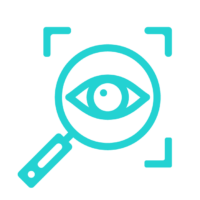Leadership Test - Discover Leaders with a Leadership Assessment
ID-Leadership
The ID-Leadership (Ldr), previously Leadership (LEAD-R), is a leadership assessment tool designed to accurately measure key aspects of leadership related to recruitment, succession development, and coaching. This questionnaire, based on the most recent theories, assesses the essential factors of leadership.





